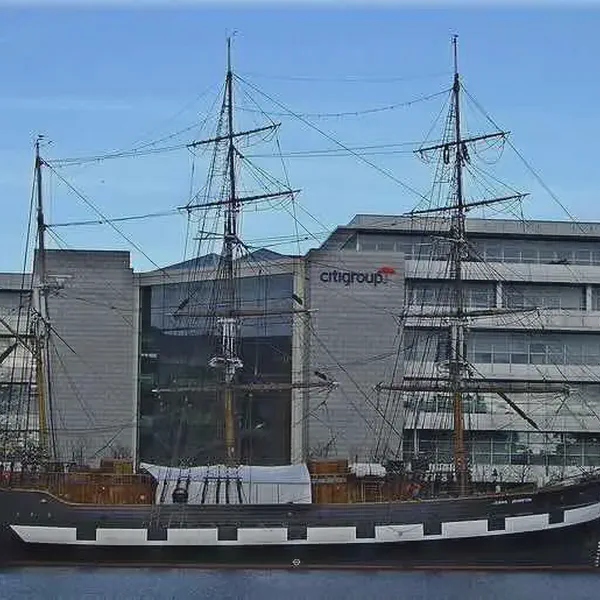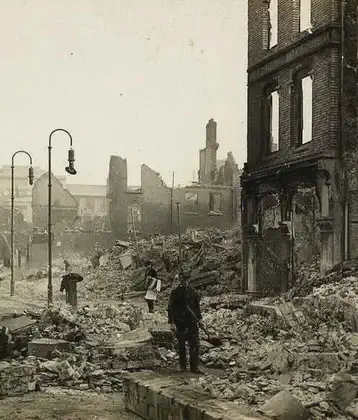On December 11, 2002 in Celtic History
The replica famine ship, the jeanie johnston, arrives in dublin after final fittings in cork

Jeanie Johnston is a replica of a three masted barque that was originally built in Quebec, Canada, in 1847 by the Scottish-born shipbuilder John Munn. The replica Jeanie Johnston performs a number of functions: an ocean-going sail training vessel at sea and in port converts into a living history museum on 19th century emigration and, in the evenings, is used as a corporate event venue.
Original ship
The original Jeanie Johnston was bought by Tralee, County Kerry-based merchants John Donovan & Sons, as a cargo vessel and traded successfully between Tralee and North America for a number of years. The trading pattern was to bring emigrants from Ireland to North America, and then to bring timber back to Europe.
16 Famine voyages
The ship made a voyage from County Kerry to Quebec on 24 April 1848, with 193 emigrants on board, as the effects of the Famine ravaged Ireland. Between 1848 and 1855, the Jeanie Johnston made 16 voyages to North America, sailing to Quebec, Baltimore, and New York. On average, the length of the transatlantic journey was 47 days.
The most passengers she ever carried was 254, from Tralee to Quebec on 17 April 1852. To put this number in perspective, the replica ship is only licensed to carry 40 people including crew.
Despite the number of passengers, and the long voyage, no crew or passenger lives were ever lost on board the Jeanie Johnston. This is generally attributed to the captain, James Attridge, not overloading the ship, and the presence of a qualified doctor, Richard Blennerhassett, on board for the passengers. This lack of mortality contrasted sharply with coffin ships that carried many other Irish immigrants.
Replica
The project was conceived in the late 1980s, but did not become a reality until November 1993 when a feasibility study was completed. In May 1995 The Jeanie Johnston (Ireland) Company Ltd. was incorporated.
The hull of the ship was built with larch planks on oak frames. The decks were constructed from iroko and Douglas fir, with Douglas fir masts and spars.
More From This Day



Marie-Louise O'Murphy, famous courtesan of King Louis XV of France, dies in Paris
December 11, 1814
